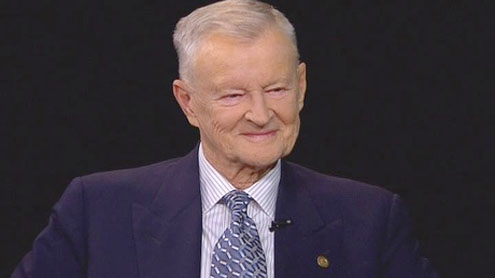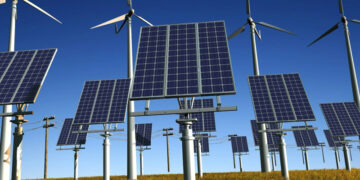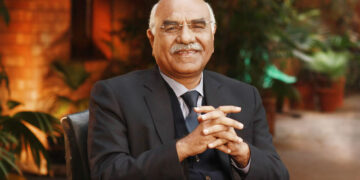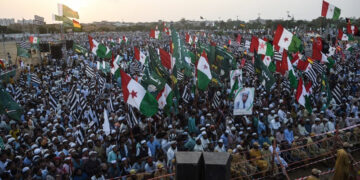
When the distinguished foreign policy expert, former US National Security Advisor, Zbigniew Brzezinski, told me a couple of years ago that he worried about the stability of India I thought he was way off track. Living in Calcutta at the time, democracy seemed to be thriving and both the state of West Bengal and most of the country were very clearly developing fast.
But that was before the crises of the last year. One major financial scandal has followed another. The government has been overwhelmed by its inability to dominate the legislature, as a governing party should be able to in the Westminster model. Economic growth has fallen sharply despite the finance minister, Pratap Mukherjee, telling me in an interview 15 months ago that nine per cent annual growth was assured and that he could even see the possibility of 10 per cent growth within a couple of years.
Not only is the ruling Congress government, led by its president, Sonia Gandhi, and Prime Minister Manmohan Singh, too often reacting to major events too late, the main opposition party, the BJP, is also floundering. As the recent state elections have shown it is regional parties which are filling the vacuum and that heralds factionalism for a future national government. (The educated middle class, now doing so well, in many cases garishly so, don’t bother to vote, as if it was beneath them.) Factionalism will mean political instability, more high-level corruption and a further falling back of economic growth.
The Nobel Prize winning economist from West Bengal, Amartya Sen, has written in the New York Review of Books that India is way behind China not only in economic growth but, more importantly, in indicators such as the infant mortality rate (74 per cent compared with 94 per cent) and years of schooling (4.4 years compared with 7.5). A large proportion of Indian children is undernourished but few in China. He also compares India with neighbouring Bangladesh. Bangladesh’s social indicators are better, albeit not so startlingly so as with China, even though in terms of economic growth India is way ahead.
While India rapidly increases its defence budget and the army leadership cries out for more (India is the world’s largest arms importer) government expenditure on public health care is appallingly low.But, says Sen, and it is a big but, democracy over the decades has achieved much in India. India’s people appreciate this, as they do a free press and the independent standing (but not the slowness) of the judiciary. Access to the Internet is uncensored, capital punishment is rare compared with China’s mass executions and the media criticise those in power or who are corrupt. Indian literature is way ahead in sophistication of Chinese. So are cinema, music and theatre.
Since Sen wrote that, more statistics have become available. The National Medical Journal found that boys, aged 18, are 4.5cm taller and 4 kg heavier than they were in 1992. The really desperate poor have decreased by 55 million. Literacy rates have risen from 65 to 75 per cent. Nearly 60 per cent of Indians have bank accounts, 93 per cent of those in towns have at least some access to electricity and most people own a mobile phone.
In the villages, where 65 per cent of the population lives, in many parts tractors are so ubiquitous they cause traffic jams and motorcycles are everywhere. The Congress government has introduced a wide range of anti-poverty programmes, subsidies, credit schemes, cancelled debts and provided non-farming jobs which have had a major impact on the fortunes of the rural poor. Soaring food prices too have meant that village people can buy televisions, refrigerators, water pumps and send their children to better schools. Is India making real progress? In many important ways, yes. But the politics are dire and Brzezinski is, at least, half right.












